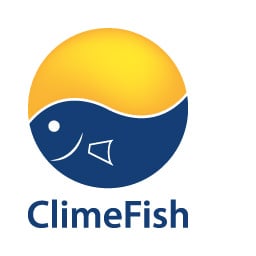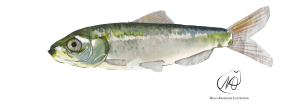Herring (Clupea harengus)
Herring are forage fish, mostly belonging to the family Clupeidae.
Herring often move in large schools around fishing banks and near the coast. The most abundant and commercially important species belong to the genus Clupea, found particularly in shallow, temperate waters of the North Pacific and the North Atlantic oceans, including the Baltic Sea, as well as off the west coast of South America. Most abundant of all is the Atlantic herring, providing over half of all herring capture.
Herring played a pivotal role in the history of marine fisheries in Europe, and early in the twentieth century their study was fundamental to the evolution of fisheries science. These oily fish also have a long history as an important food fish, and are often salted, smoked, or pickled.
The west of Scotland case study includes this regions three main important commercial fisheries: Inshore crustacean fishery, shelf mixed demersal fishery and pelagic fishery. In 2014, these fisheries contributed to 35% of the total value of all commercial species caught in Scotland, totalling at £182.5 million. Pelagic fisheries target the migrating fish stocks Mackerel, blue whiting and herring.

